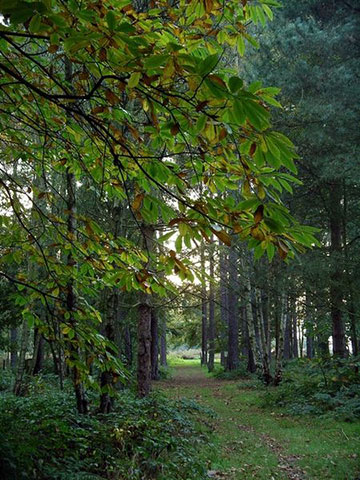There’s a new term tickling the ears of gardeners this spring:
“food forest.”
Tantalizing?
I think yes.
Savor it with me: food forest
It has an intriguing ring to it. When I heard it, I couldn’t help but …
… picture a lush, edible wooded wonderland—something out of a fairytale. But, in fact, food forests are rooted in reality.
A relatively new concept in terms of human endeavors, the food forest is a method of gardening that creates a convincing natural woodland ecosystem with vegetation that grows good things to eat. We’re basically taking nature and making her just a tad juicier.
Think fruit and nut trees, berry bushes, and herbs—all in one place and perfectly pluckable. Can you say, “Heaven on Earth”?
Sounds like a modern-day version of Eden to me.
To make a food forest as self-sustaining and productive as possible, beneficial flowering plants are interspersed to attract insects for natural pest management and pollination, and nitrogen-fixing plants boost soil productivity. Of course, the operation is organic.
The city of Seattle is currently in the process of founding Beacon Food Forest, one of the first community food forests in the nation. Work will begin this summer on transforming a seven-acre plot of land in the Beacon Hill neighborhood into a succulent sanctuary of walnut, chestnut, pear, and apple trees; blueberry and raspberry bushes; and exotic goodies like pineapple, guava, and persimmons.
And the most delicious tidbit? This bounty will be a public park, available to all who wander through. Stroll and sample at will.
Don’t mind if I do …

Sweet chestnut tree along the path in Sherwood Forest Farm Park in Nottinghamshire, England (other edibles include mushrooms and blackberries). Photo courtesy of Wikimedia Commons, Lynne Kirton.




















































